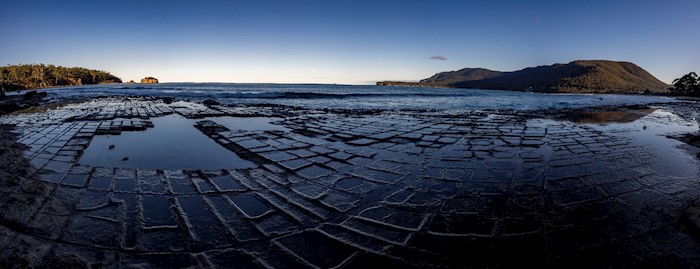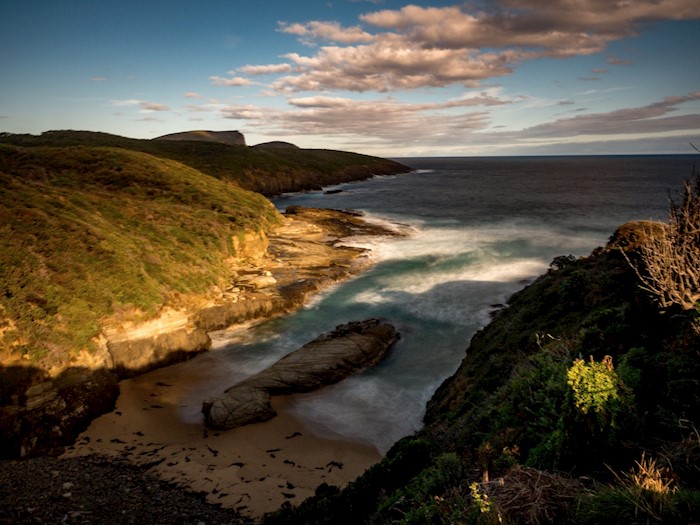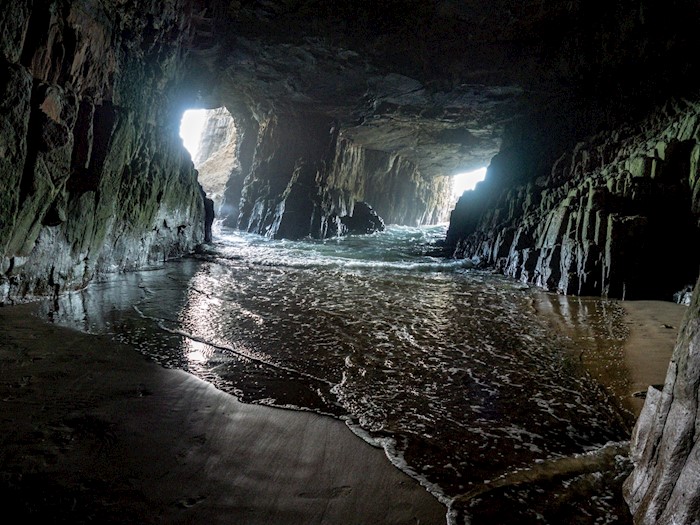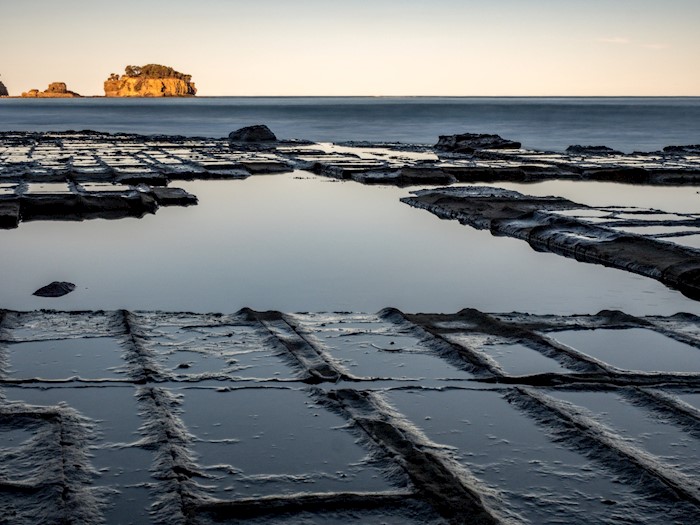Port Arthur has had a tumultuous history to say the least. First established as a port to export timber, it's more infamous as the destination for Britain's hardest criminals between 1833 until 1853. Known as 'Hell on Earth' by those who served time there, it was not a desirable place to land yourself.
Within the bay itself, sits the tiny cemetery island aptly named the Isle of the Dead - the final resting place for 1646 souls, only 180 (staff and military) deemed worthy of a grave marking. It's said that you cannot lay foot on the island without standing on ground that has someone buried below.
Later in its history, Port Arthur was also the site of Australia's most deadly massacre since colonial days, triggering a nation-wide crackdown on ownership of semi-automatic weapons. The community is a very tight-knit one, and many that still reside in Port Arthur today were friends or family of the 58 people who were killed or wounded. As such, it's recommended that you avoid asking the townspeople about the massacre if you do visit.
As for the greater Tasman Peninsula, there's no shortage of stunning scenery. The iconically rugged Tasmanian coastline has many special geological features that attract tourists and locals alike. There's nothing like staring 300m down the face of Australia's tallest sea cliffs, watching the ocean erupt through The Blowhole, looking at the churning waters deep in the chasms of The Devil's Kitchen, or standing in an cavern carved out of the bedrock by millennia of waves beating against the cliffs; it can make you feel suddenly very small, and very fragile.
There's a beauty in nature's ferocity though. My particular favourite example is the Tessellated Pavement - geometric patterns formed by salt crystallising differently in some rock than others.

Want to see more of my Tasmanian adventures?
Read about Cape Raoul, or Hobart and MONA.







